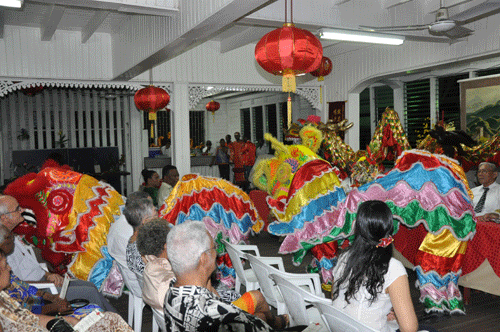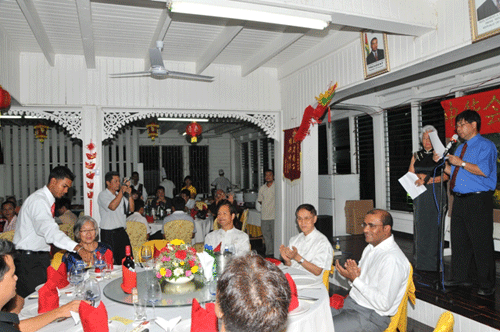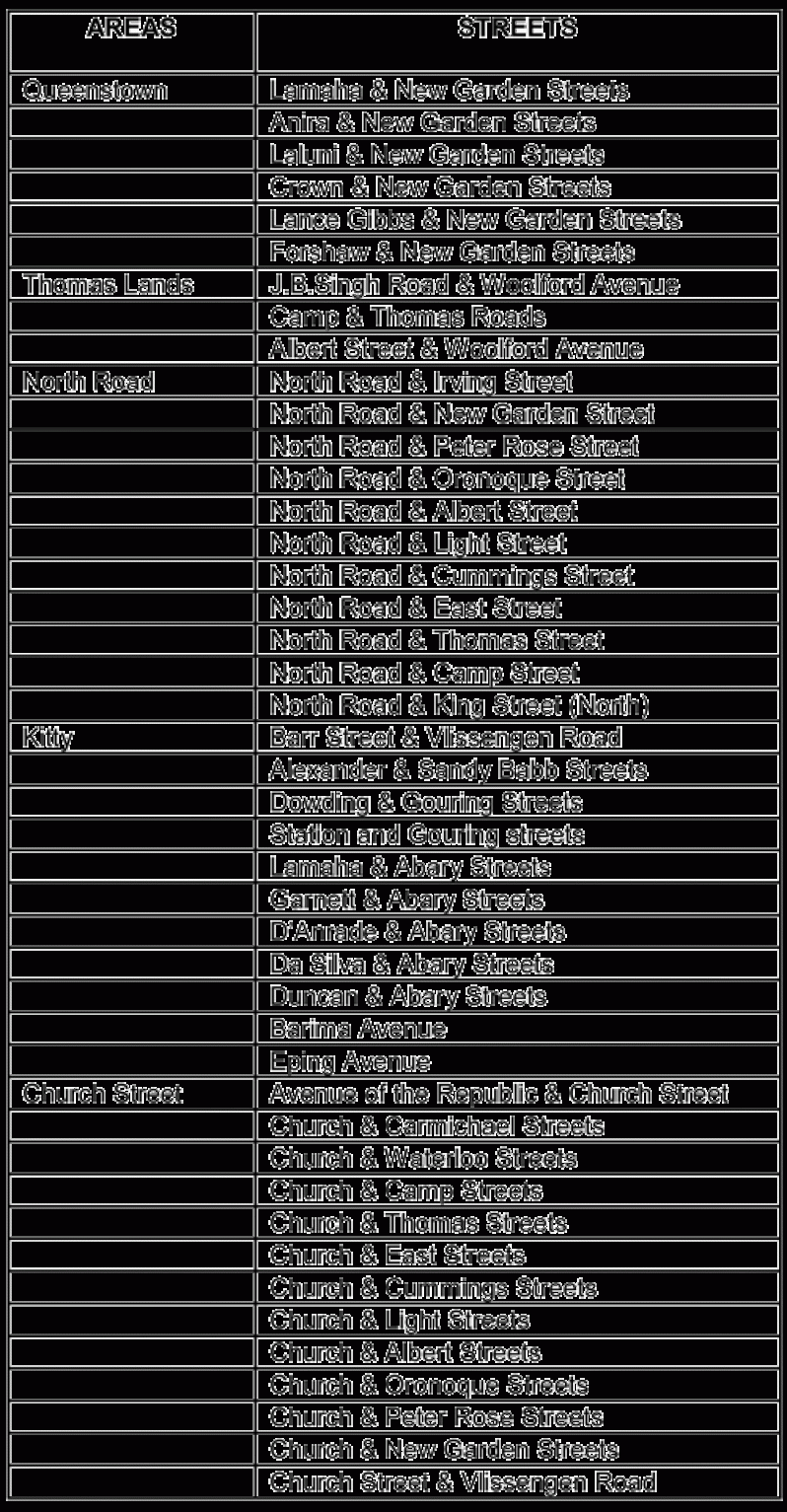In 1834, the slaves who had been taken from Africa to the colonies of Britain were set free. In British Guiana a significant proportion of the freedmen chose to live off the fertile land and sought paid employment on an irregular basis. The resulting reduction in the labour force caused the sugar plantation owners to search for replacement workers. They obtained large numbers of labourers from Madeira (Portugal), India and China, each bound by a contract of indenture. The Chinese were the smallest group of these indentured workers.
When they came
The first batch of Chinese landed in Georgetown, British Guiana in 1853, and for the next few years all were men, most being taken forcibly. To curb the excesses of this trade in human cargo the British and Chinese authorities in Canton agreed to a formal supervised recruitment process and families were encouraged to emigrate. Chinese women began arriving in 1860, but in small numbers. The period from 1860 to 1866 saw a relatively large influx of immigrants, bringing the local Chinese population to a peak of 10,022 in 1866. Subsequently only two boats arrived with Chinese immigrants, one in 1874 and the other in 1879. After this Chinese immigrants came of their own free will and at their own expense.
How they came
The 39 ships that brought the Chinese labourers were chartered by recruiting agents based in Canton, China, with the cost of shipping shared between the colony’s Immigration Fund and the plantation owners. The ships travelled by way of Singapore and Cape Town, arriving at Georgetown after a journey of between 70 and 177 days.
Where they went
The distribution of Chinese labourers to the sugar plantations in the three counties of Berbice, Demerara, and Essequibo was made by the Immigration Agent-General, who based his decisions on the quotas submitted by the plantation owners several months previously. Families were kept together in the distribution.
Who came
Passenger lists were maintained by the Immigration Office in Georgetown and an ongoing search is in progress to locate these and other relevant documents that give the names of the Chinese immigrants. The names of some individuals are presented in this compilation and further names will be added as they become known.
Their descendants
By 1900 the Chinese population in British Guiana had dwindled to 2,919 since the majority of Chinese at that time preferred to marry people from their own country, but there were too few Chinese women available. Many also left the colony to seek their destiny in other countries, particularly French Guiana, Suriname and Trinidad.

© Trev Sue-A-Quan






.png)









